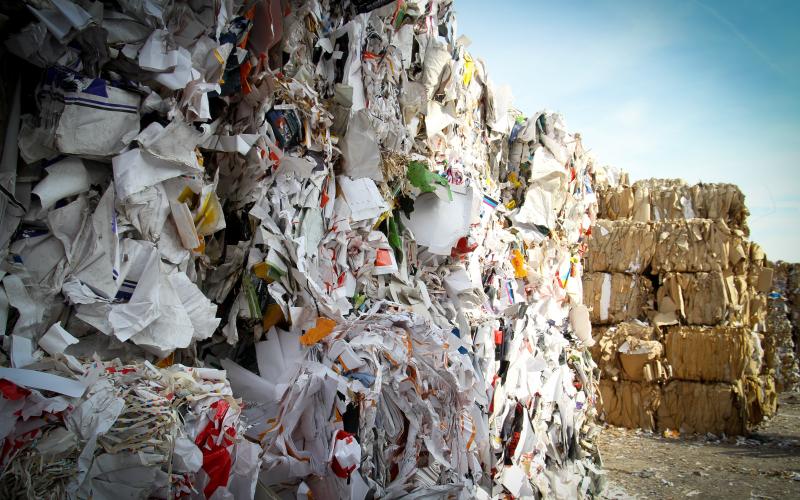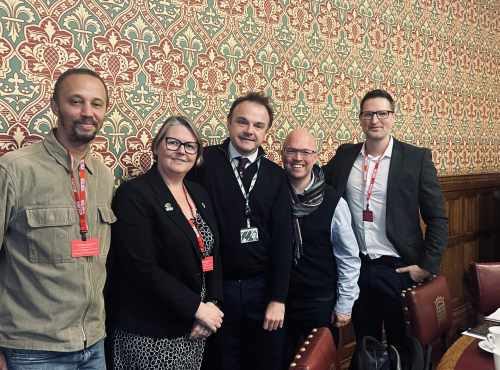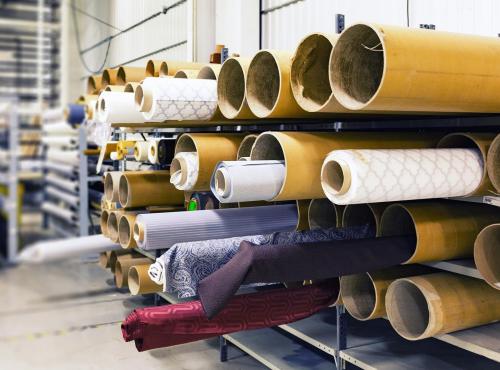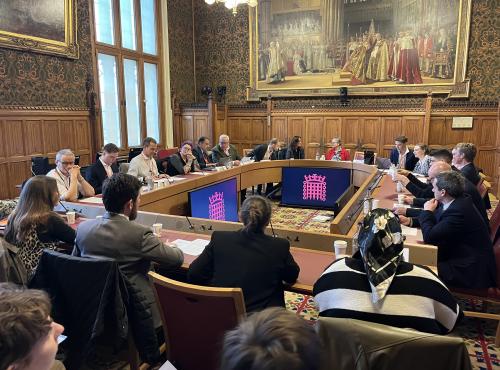Gove’s Green Brexit Gambit
After news of Defra poaching staff from its agencies, and scrambling around for a Brexit ‘crisis centre’, hope of seeing the Resource and Waste Strategy this side of Christmas were beginning to fade. But true to their word, Defra published the long-awaited strategy ‘in the second half of the year’ (just).
All indications are that the Government has been listening and we are on-track to see needed radical change in our approach to waste and resource management. The headlines are three major consultations in the new year, one on extended producer responsibility (EPR) reform, one on consistency of collections for dry recyclables, and one on a deposit return scheme (together with the previously announced Treasury consultation on a recycled content tax). This wave of consultation means an incredibly busy new year at a time when Defra may be more than slightly distracted.
It is hard to not read the strategy with our imminent departure from the European Union (EU) in mind. This is a plan put together to outdo Europe, and so long as strong words are not watered down at consultation, it has succeeded. The EU demands producers pay 80% of costs of dealing with post-consumer waste, the strategy targets 100%. New packaging recycling targets will match or exceed EU targets. The Government also reiterate their ambition to enhance environmental protection post-Brexit. At one point the EU is referred to as ‘following our lead and recognising the importance of addressing plastic pollution’; although those that remember the UK trying to water down EU recycling targets late last year may question if the relationship truly worked this way around.
It goes without saying that there is much to be decided at consultation and the strategy is light on detail at this stage. Exactly what producers will be expected to pay for through EPR is not clear, with ‘collection, recycling, disposal, reduction of littering and fly-tipping, communication, data collection and reporting, compliance monitoring and enforcement’ all potentially in the frame. There is also little information on how the extra £0.5 to £1 billion funding from producers will be levied or spent. Having the three consultations at once is at least a sign that the Government realises these things are all connected. Increased consistency of collection from local authorities may well depend on extra funding from EPR fees – it would be difficult to negotiate one without the other.
If there is a weak point at present it is the ‘bold new approach’ to data for waste, which seems to amount to doing more of the same – with a list of intentions to ‘work with’ third parties who are largely already being worked with. This is peculiar as current estimates on waste flows, for packaging at least, appear to be embarrassingly off if independent analysis from Eunomia is to be believed. The Government do insinuate that funding for improved data collection may form part of EPR reform, and the suggestion of technological approaches to tracking waste have potential.
At our round table meeting the day after the strategy was released, there was a strong desire to ensure the ambitious rhetoric of the Resource and Waste Strategy is followed up with meaningful action. To this end, we are looking forward to publishing our own Zero Plastic Waste strategy in the new year and working with our members to respond to the upcoming smorgasbord of consultations.




